Finding the right tools to reach the right people is a constant struggle for ecology. Nature is usually the easy part. It’s human nature that takes an age to understand. Every now and then I run into projects that have truly been decades in the making, the Napa river coalition for instance, and I realize that truly making any kind of difference in this ecological world takes massive time, contact, and persuasion. Relationships that get built and rebuilt over decades. Shiny technology is fun and all, but its the basics that get positive changes to stay in place.
Conserving Wetland Areas
Wetlands are valuable to both people and animals. They provide an environment for a great amount of wildlife diversity and valuable ecological services to many organisms, including human beings.
Throughout history, wetlands have faced many major changes because of human settlement, pollution, and runoff from agriculture. Scientists estimate that 40% of all species reside in wetlands, so without any healthy wetlands many species would suffer. In addition, wetlands provide flood control, storm barriers, and clean water. They also provide foods such as rice, cranberries, and fish. Protecting wetlands in our ever-changing world means protecting the services wetlands provide us in our day-to-day lives.
In collaboration with UConn’s Conservation Training Partnership (CTP) Program and the Bethany Land Trust , this project was made to spread awareness and educate the public about the importance of wetlands and how beavers impact them.
The research for this story map was done on Mendell’s Folly, a Bethany Land Trust Property.
Okay, this was NOT a long term project built over generations where relationships have been built over decades. It was a lucky coalition between a conservancy and a training group and some nice technology. They created something fairly cool but I’m curious how long it will remain.
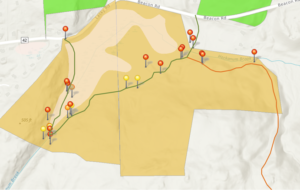 At Mendell’s Folly, there is a big wetland area. The Hockanum Brook flows through this wetland which provides a habitat for many different animals. This is especially important for increasing biodiversity within the wetland and areas around it. Along with the wetland, there is also upland forests which also is home to many other species.
At Mendell’s Folly, there is a big wetland area. The Hockanum Brook flows through this wetland which provides a habitat for many different animals. This is especially important for increasing biodiversity within the wetland and areas around it. Along with the wetland, there is also upland forests which also is home to many other species.
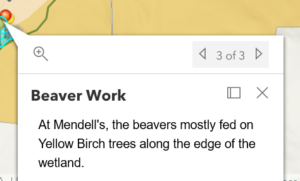 The website shows their digital map of the habitat with GIS markers for all the areas of interest. I can’t embed it here but if you click on the markers they open little descriptions of images of what you see there. I will link to it and you can check it out yourself. Of course sense beaver habitat is VERY dynamic, to be truly effective this would have to be updated every week at least. It’s fun to imagine how we could have used this in Martinez, for example where everyone might contribute.
The website shows their digital map of the habitat with GIS markers for all the areas of interest. I can’t embed it here but if you click on the markers they open little descriptions of images of what you see there. I will link to it and you can check it out yourself. Of course sense beaver habitat is VERY dynamic, to be truly effective this would have to be updated every week at least. It’s fun to imagine how we could have used this in Martinez, for example where everyone might contribute.
Beavers are extremely important in increasing biodiversity and maintaining the wetland. Their role is vital to the survival of the wetland and the survival of many animal In Mendell’s Folly, the beavers have changed the flowing stream to a beaver pond. However, there is no clear pictorial evidence of this.
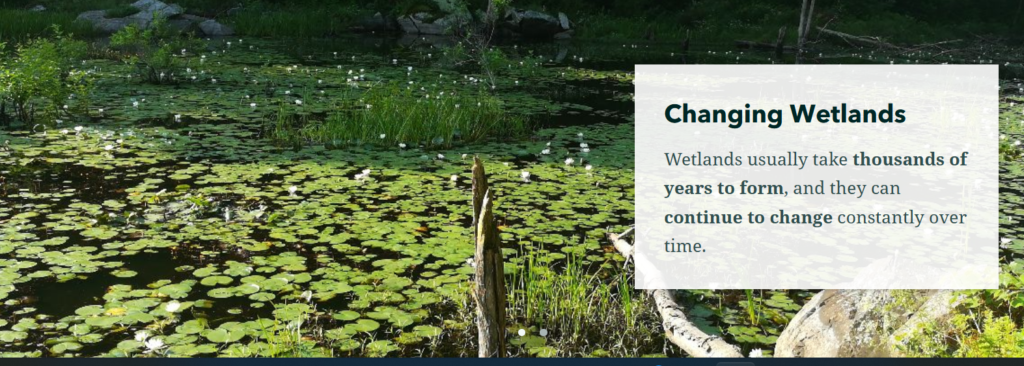
Many consider beavers a nuisance because of their infamous tree cutting, but it has a positive effect on the ecosystem. After taking down the trees, the stumps grow new shoots that becomes food for many animals. The fallen trees helps bring more light onto the forest floor. This provides sunlight for low lying plants which gives them a chance to thrive, ultimately, resulting in plant biodiversity.
Beavers play a huge role in creating and maintaining wetlands. By doing this, wetlands can provide benefits like improving the quality of water, recharging underground aquifers, alleviate droughts and floods, and provide a habitat for many animals.
Well yes they do. The site has a nice run down of birds and wildlife affected at the pond. Please think of the entire cascade in reverse every time a beaver is trapped: fewer native plants, fewer salamander eggs, fewer macroinvertebrates, fewer fish to because there’s less bugs to eat, fewer otters and herons because there’s less fish to eat, and so on.
Oh, and less water because there’s no one left to fix the dam.
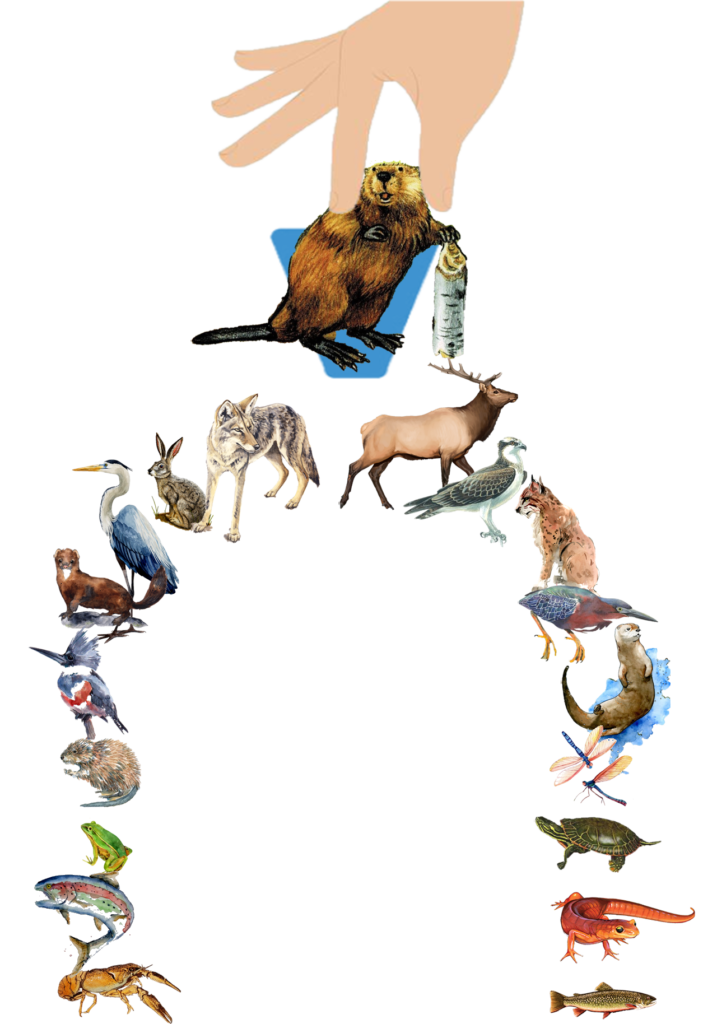


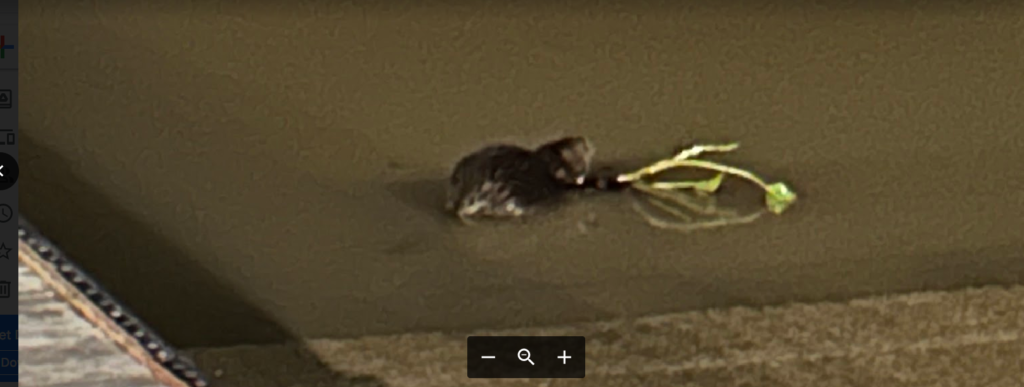





 The event will explore a unique research project, located at the
The event will explore a unique research project, located at the 









































